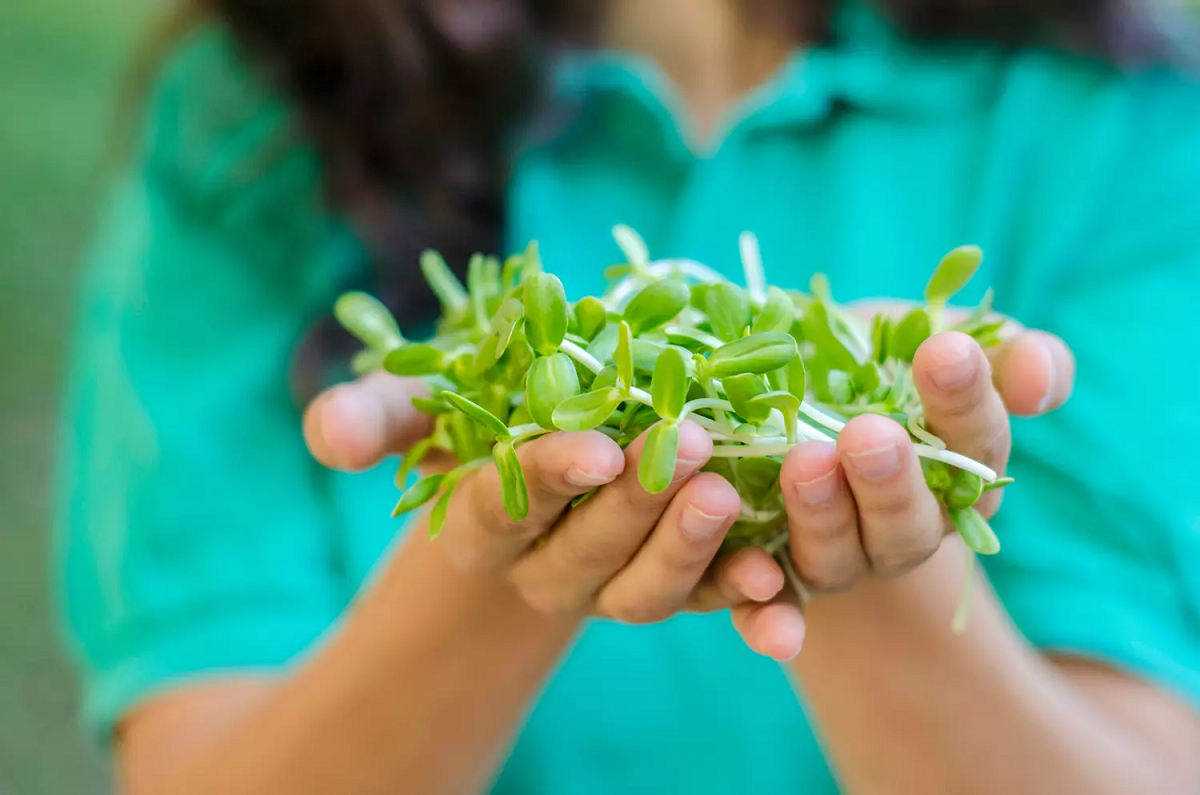As someone who spends most of my time analyzing soccer tactics and player performances, nutrition is something I’ve come to appreciate deeply. After all, peak physical condition is essential for any athlete, and what they eat plays a huge role in their performance on the field. That’s why when I stumbled upon this recent study revealing the healthiest food on Earth, I knew it was something worth diving into—not just for athletes, but for anyone looking to fuel their body the right way.
What is the Healthiest Food on Earth?
According to a comprehensive study conducted by researchers at the William Paterson University in New Jersey, the title of the “Healthiest Food on Earth” goes to the humble watercress. Yes, you read that right—watercress, a leafy green that might not get the attention it deserves, has topped the list of nutrient-dense foods.
Watercress scored an impressive 100 on the Aggregate Nutrient Density Index (ANDI), a scale that ranks foods based on their vitamin and mineral content relative to their calorie count. It beat out other well-known superfoods like kale, spinach, and broccoli. As someone who’s always been a fan of a good kale salad, I was intrigued to learn that watercress packs even more of a nutritional punch.
Why Watercress?
So, what makes watercress so special? It’s all about the nutrient density. Watercress is loaded with vitamins A, C, and K, along with calcium, iron, and folate. These nutrients are crucial for maintaining strong bones, boosting the immune system, and supporting overall health. For athletes, these benefits are even more pronounced. Vitamin C helps with muscle recovery, while calcium and iron are essential for maintaining energy levels during intense matches.
I remember covering a particularly grueling game where one of the top players cramped up in the final minutes—something that might have been avoided with better nutrition. It’s moments like these that underline the importance of what we put into our bodies. And while watercress might not be the first thing you think of when planning your meals, it could make a significant difference in your overall health and performance.
How to Incorporate Watercress into Your Diet
You might be wondering how to actually eat this newly crowned superfood. The good news is that watercress is incredibly versatile. It has a peppery, slightly tangy flavor that works well in salads, sandwiches, and even as a garnish on soups. I’ve started adding a handful of watercress to my post-workout smoothies for an extra nutrient boost. It’s also great as a fresh topping on your favorite soccer-watching snacks—think about adding it to your avocado toast or a lean turkey sandwich for a little extra crunch and a lot of extra nutrients.
One of the best things about watercress is that it’s widely available and relatively inexpensive. Unlike some of the more exotic superfoods, you can easily find watercress in most grocery stores, making it an accessible option for anyone looking to up their nutritional game.
The Bigger Picture: Why Nutrition Matters
This study isn’t just about highlighting a single food—it’s a reminder of the importance of nutrition in our daily lives. Whether you’re an elite soccer player or someone who enjoys the game from the stands, what you eat directly impacts your energy levels, focus, and overall well-being.
In my years covering soccer, I’ve seen firsthand how athletes’ diets have evolved. There’s a growing recognition that food isn’t just fuel; it’s a critical component of performance and recovery. That’s something we can all take to heart, whether we’re preparing for a big match or just looking to stay healthy.
So, the next time you’re planning your meals, consider giving watercress a try. It might just be the small change that makes a big difference.

